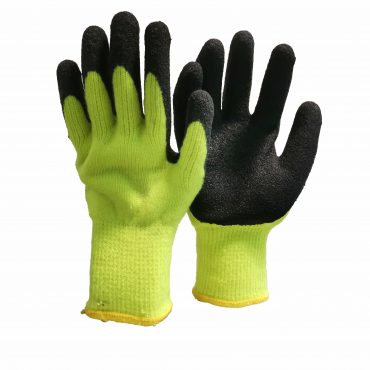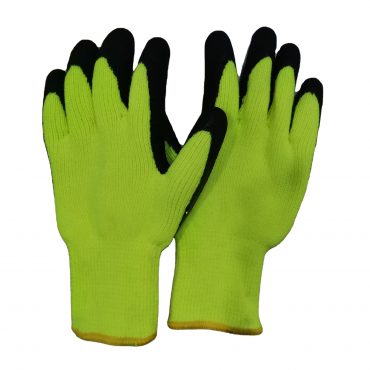Structure 1: Glove manufacturer’s protective glove grip design
Generally speaking, when we design protective gloves, we require that the surface of the palms and fingers are treated so that they can hold objects firmly in a dry or wet environment. Usually, these two parts are decorated with PVC dots, lines, or other patterns to increase their friction, which is suitable for the work of industry personnel who have certain requirements for the flexibility of their hands.
Structure 2: Protective gloves are lined and unlined
In addition, the user experience of gloves is also very important. Simply put, when you wear them, it will not cause your discomfort or hinder your work. Unlined gloves have an excellent touch, allowing the wearer’s hands to work flexibly. Gloves with lining (the lining is generally knitted, and the structural strength of the glove is improved after the lining is added), which can better prevent cutting, cutting, and puncture, but the touch is not as good as unlined gloves.
Structure 3: Protective glove cuff design of the glove factory
Protective gloves mainly include tear-resistant rollable cuffs, knitted cuffs and straight sleeves. The cuffs can protect the wrists and above. The standard safety cuffs are generally 6.35cm in length, while the straight sleeves are generally 11.43cm or longer. Protective gloves are suitable for workers in the industry who often come into contact with corrosive substances.























